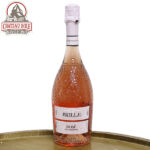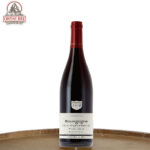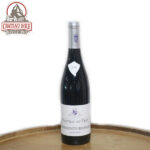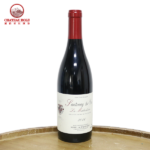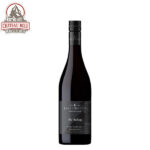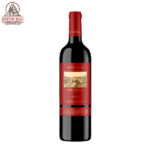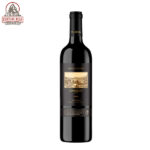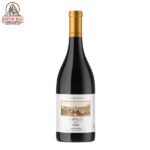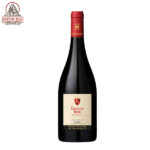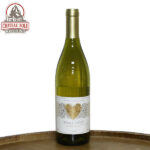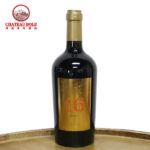Pinot Noir
Pinot noir is a red wine grape variety of the species Vitis vinifera. The name may also refer to wines created predominantly from pinot noir grapes.
To learn more about this grape – read on. To find wines made with this grape, scroll down to the bottom.

The name is derived from the French words for pine and black. The word pine alludes to the grape variety having tightly clustered, pine cone-shaped bunches of fruit.
Pinot noir grapes are grown around the world, mostly in the cooler climates, and the grape is chiefly associated with the Burgundy region of France.
Pinot Noir is now used to make red wines around the World, as well as Champagne, and such sparkling white wines as the Italian Franciacorta, and English sparkling wines.
Regions that have gained a reputation for red pinot noir wines include: the Willamette Valley of Oregon, the Carneros, Central Coast and Russian River AVAs of California, the Elgin and Walker Bay wine regions of South Africa, South Australia, Adelaide Hills, Tasmania and Yarra Valley, Victoria in Australia and the Central Otago, Martinborough and Marlborough wine regions of New Zealand.
Pinot Noir is the most-planted varietal (38%) used in sparkling wine production in Champagne and other wine regions.
Pinot noir is a difficult variety to cultivate and transform into wine. The grape’s tendency to produce tightly packed clusters makes it susceptible to several viticultural hazards involving rot that require diligent canopy management. The thin skins and low levels of phenolic compounds lends pinot to producing mostly lightly colored, medium-bodied and low-tannin wines that can often go through phases of uneven and unpredictable aging.
When young, wines made from pinot noir tend to have red fruit aromas of cherries, raspberries and strawberries. As the wine ages, pinot has the potential to develop more vegetal and “barnyard” aromas that can contribute to the complexity of the wine.
The leaves of pinot noir are generally smaller than those of Cabernet Sauvignon or Syrah. The pinot vine is typically less vigorous than either of these varieties.
In the vineyard pinot noir is sensitive to wind and frost, cropping levels (it must be low yielding for production of quality wines), soil types and pruning techniques. In the winery it is sensitive to fermentation methods, yeast strains and is highly reflective of its terroir with different regions producing very different wines.
It is much less tolerant of harsh vineyard conditions than the likes of Cabernet Sauvignon, Syrah, Merlot or Grenache.
Showing all 7 results

